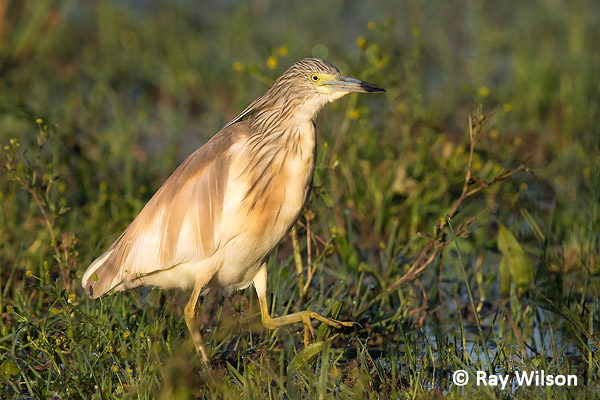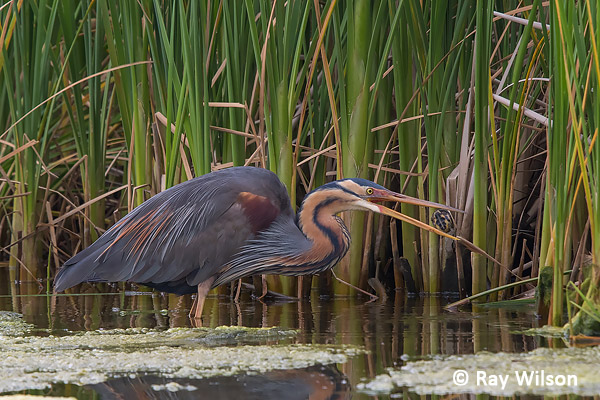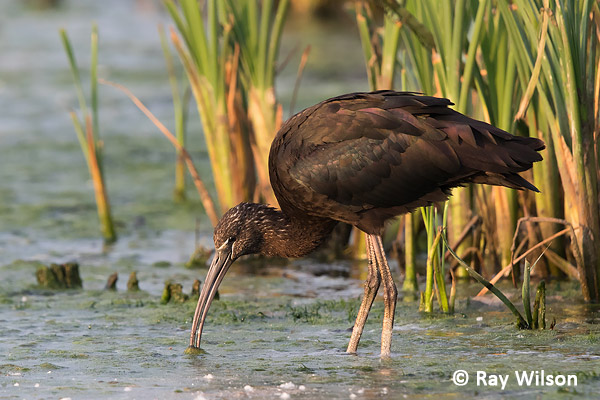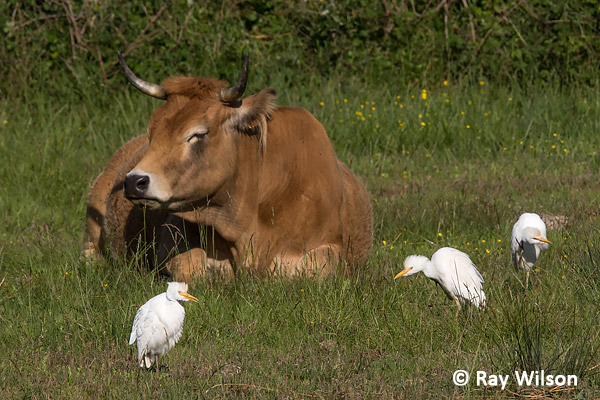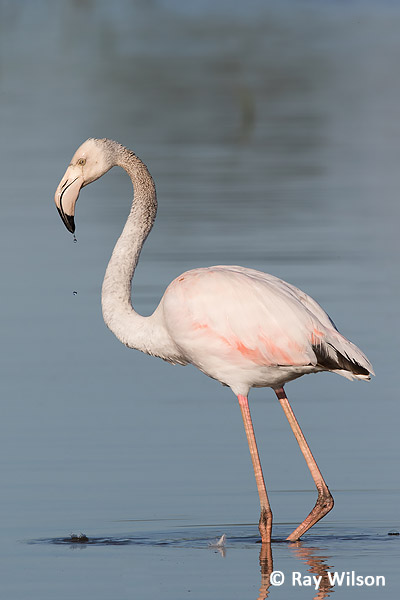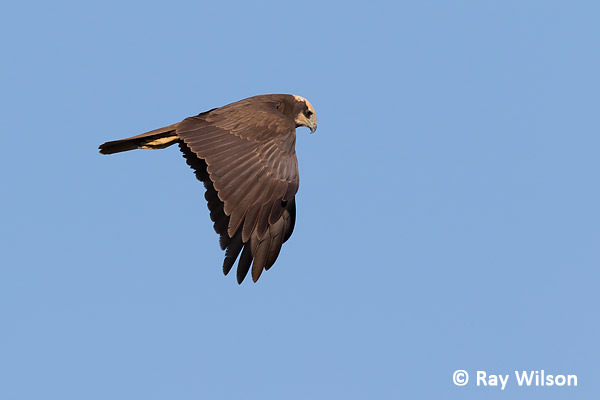
- Home
- Photography Tours
- Diary / Blog
- Galleries
- Foreign Trips
- Tasmania 2016
- NE Queensland 2016
- Western Alps 2016
- NE Spain 2016
- Australia's Wet Tropics 2015
- Australia's Top End 2015
- SW Australia 2015
- Switzerland 2015
- Andalucia 2015
- Belize 2015
- Australia 2014
- Switzerland 2014
- Belize 2014
- Bahama Islands 2014
- Switzerland 2013
- Ecuador 2012-2013
- Florida 2011-2012
- Vancouver Island 2011
- Australia 2010
- Peru 2008
- Bulgaria 2007
- Lesvos 2006
- California 2006
- New Zealand 2005
- Extremadura 2005
- Goa, India 2004
- The Gambia 2003
- About
Northeastern Spain
April / May 2016
Part 6 : Les Aiguamolles d'Emporada
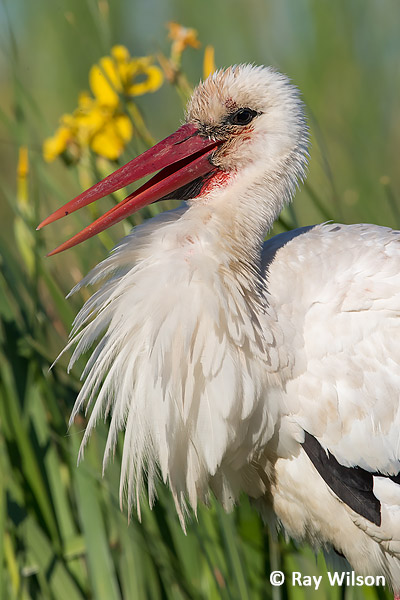
White Stork (Ciconia ciconia)
Just to the south of the Cap de Creus, sandwiched betwee the mouths of the El Fluvia and La Muga rivers, lie the Emporada wetlands, the second largest wetland in Catalonia.
Squacco Heron (Ardeola ralloides)
Unlike my time at the Ebro Delta, the week I spent here was very productive, possibly helped by a drastic improvement in the weather.
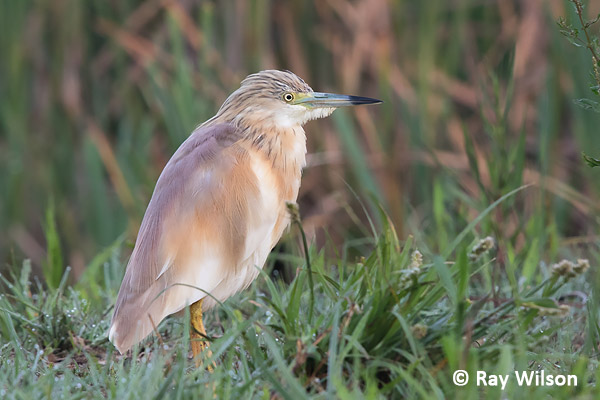
Squacco Heron (Ardeola ralloides)
Squacco Herons were very common around the main flooded field at the south end of the wetland and it was usually possible to get quite close to them in the early morning if I was the first person along the path. After a few people turned up, the Squacco Herons would usually flush and retreat towards the taller rushes in middle of the field, too far away for getting a decent photo.
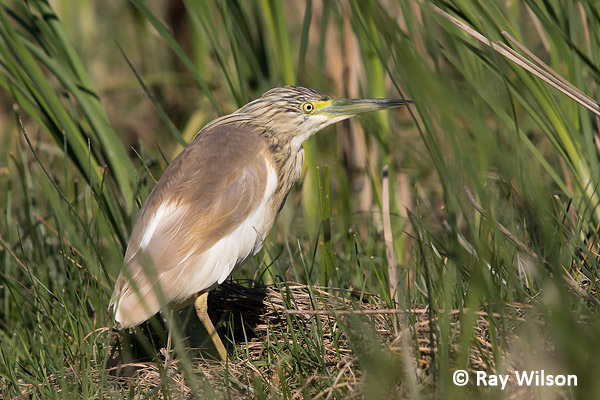
Squacco Heron (Ardeola ralloides)
Purple Herons could often be seen fishing along the edges of the reedbeds in the quieter areas, especially from the western hide in the Empuriabrava section. Here, I was usually the only person in the hide and these shy herons would often approach close enough for me to get full frame photos.
Purple Heron (Ardea purpurea) eating a Painted Turtle (Chrysemys picta)
Painted Turtles are an invasive species in Spain, so it was good to see the Purple Heron doing its bit to try and reduce their numbers.
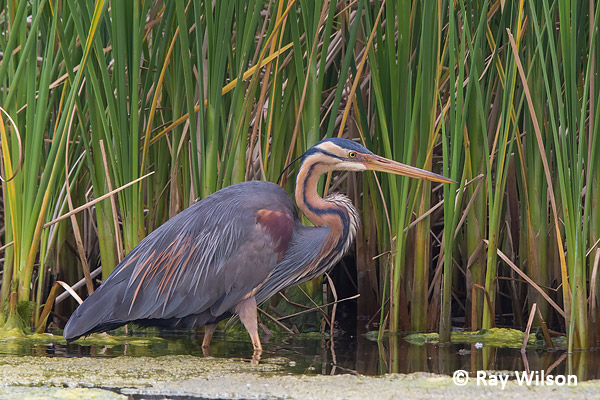
Purple Heron (Ardea purpurea)
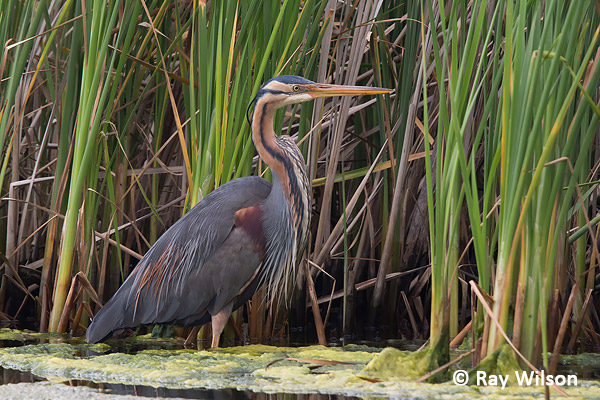
Purple Heron (Ardea purpurea)
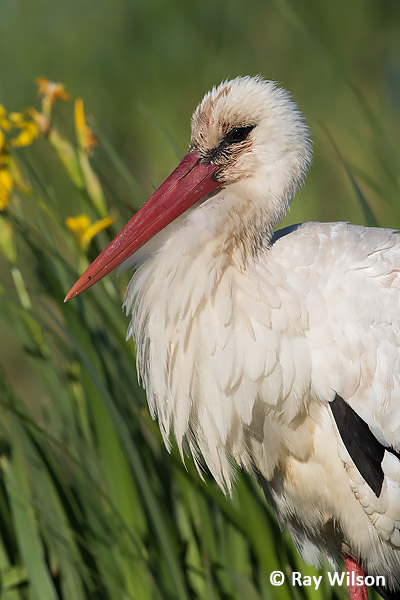 |
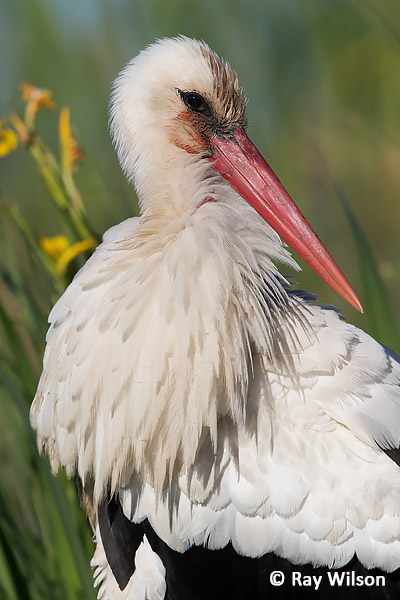 |
White Stork (Ciconia ciconia)
The ongoing White Stork reintroduction scheme at Emporada has been very successful and they are common in the wet fields surrounding the wetlands.
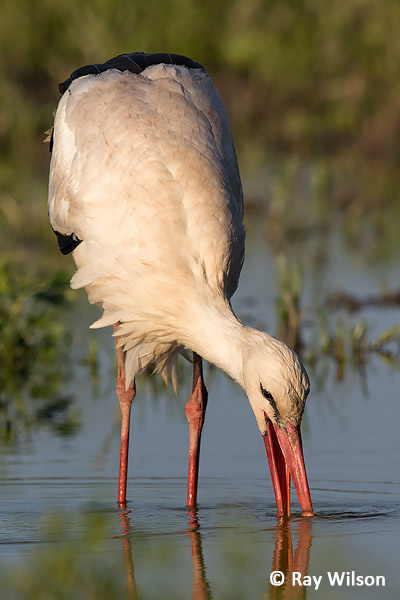 |
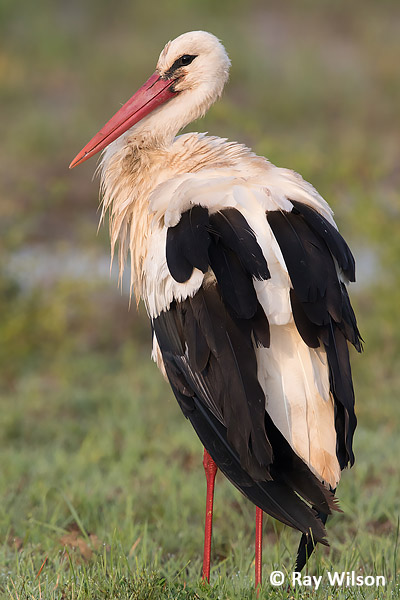 |
White Stork (Ciconia ciconia)
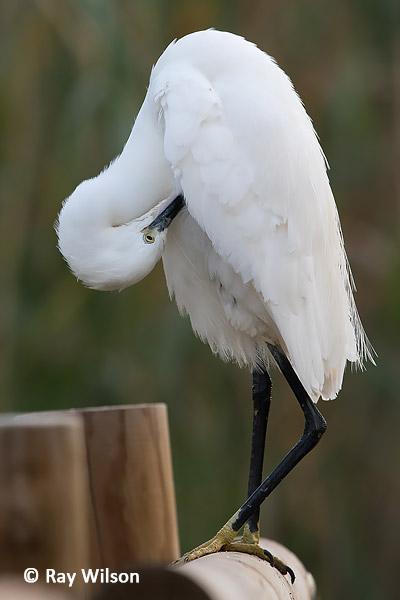 |
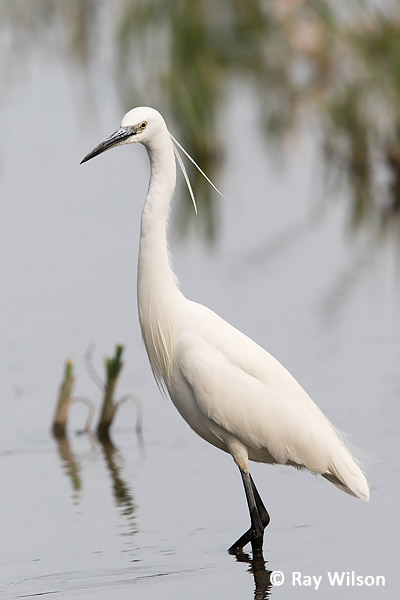 |
Little Egret (Egretta garzetta)
Other long-legged wading birds present included Little Egret, Glossy Ibis, Cattle Egret, and Black-winged Stilts.
Glossy Ibis (Plegadis falcinellus)
Cattle Egrets (Bubulcus ibis)
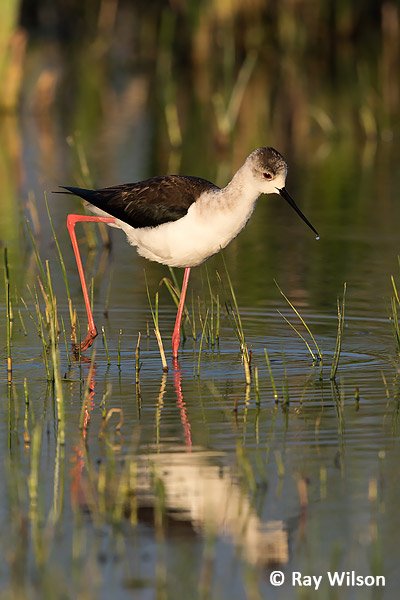 |
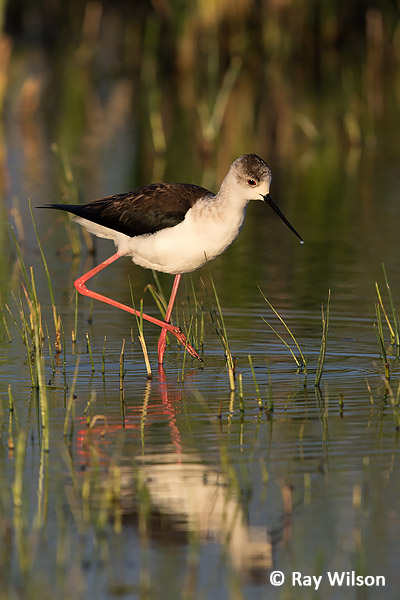 |
female Black-winged Stilt (Himantopus himantopus)
Greater Flamingoes don't breed at Emporada, but a couple of non-breeding stragglers were still hanging around.
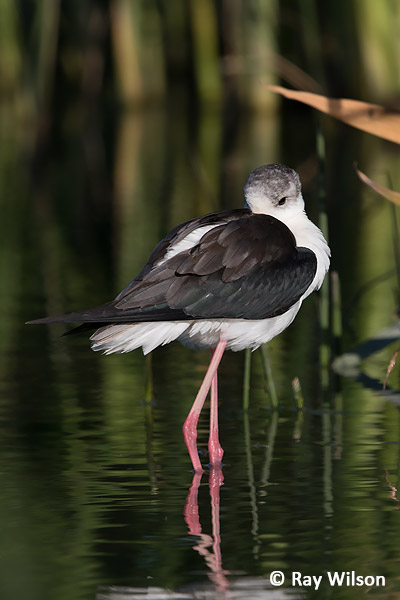
female Black-winged Stilt (Himantopus himantopus) |
Red Swamp Crayfish, an invasive species from Florida, are abundant along the drainage channels at Emporada and can be seen in their hundreds coming to the surface to warm themselves in the early morning.
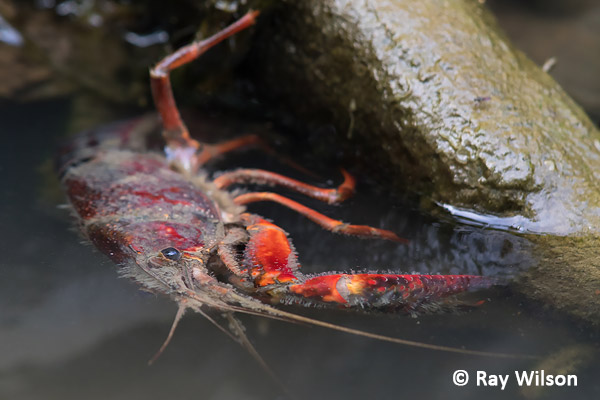
Red Swamp Crayfish (Procambarus clarkii)
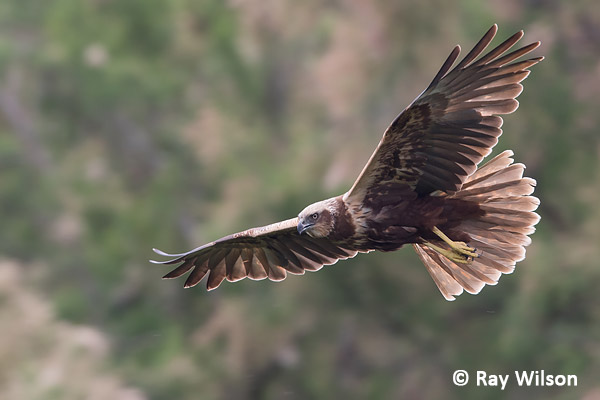
female Marsh Harrier (Circus aeruginosus)
female Marsh Harrier (Circus aeruginosus)
Ray Wilson owns the copyright of all images on this site.
They may not be used or copied in any form without prior written permission.
raywilsonphotography@googlemail.com
